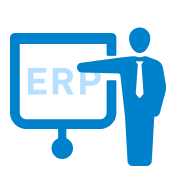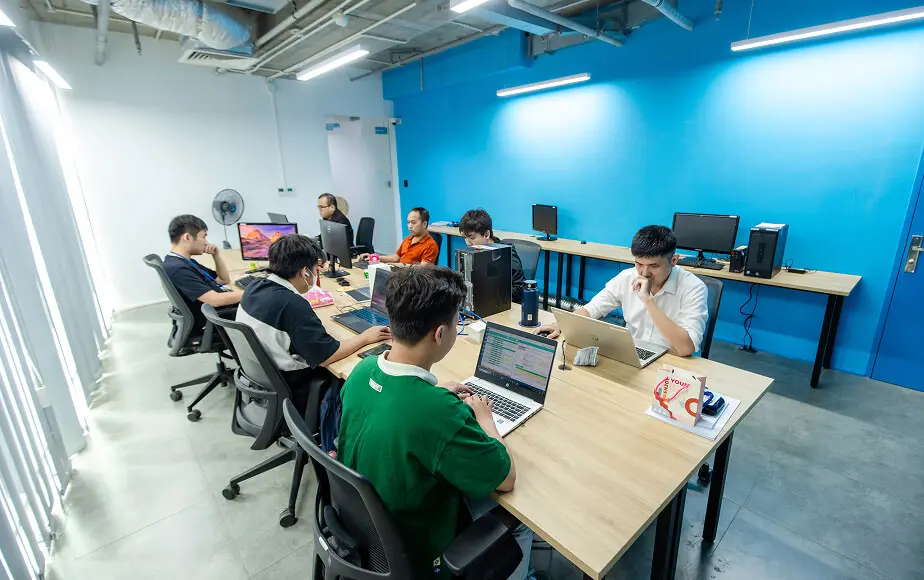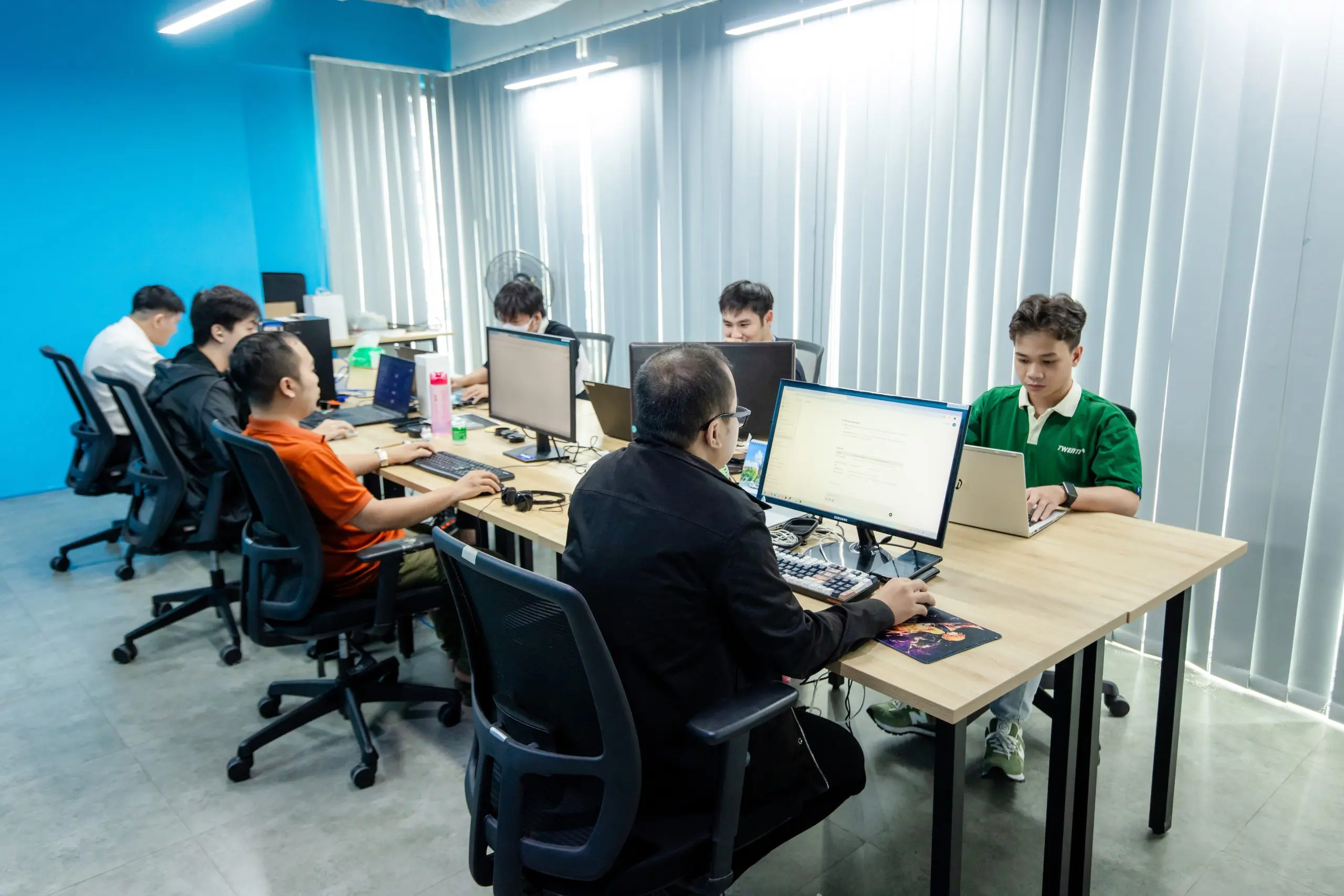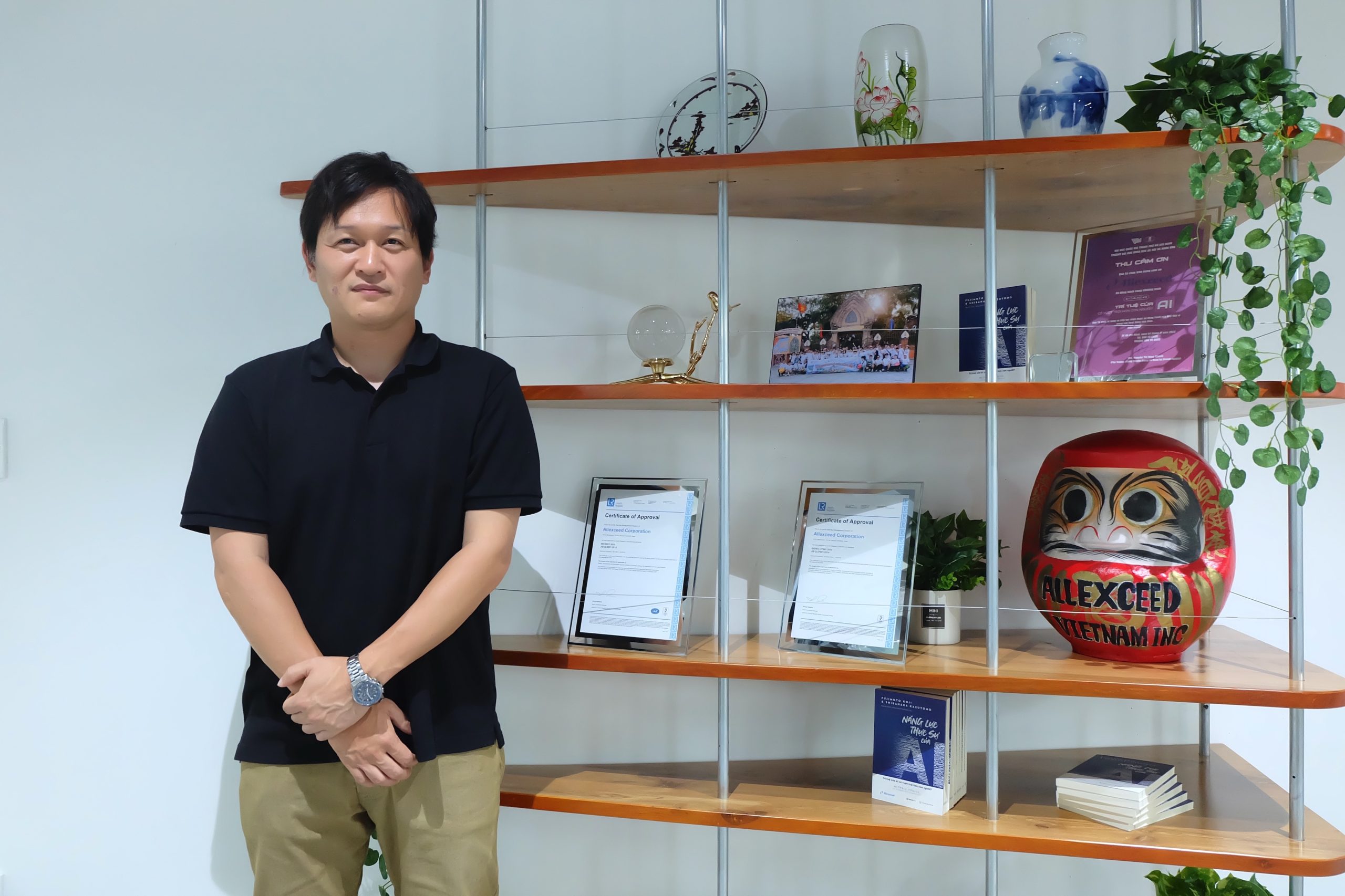2025/08/27
Share
 Migration of Print Processing System from AIX to Windows and Rebuilding in C#
Migration of Print Processing System from AIX to Windows and Rebuilding in C#
Project Overview
The client had been using a print processing support system developed in C language on AIX servers for many years.
This system served as a critical platform to ensure stable internal printing operations. However, due to the burden of hardware and OS upgrades, difficulties in securing maintenance engineers, and limitations in future scalability, it became increasingly difficult to maintain the existing environment.
Therefore, the client decided to migrate to a Windows server environment, which is more standardized and easier to operate, and to rebuild the system from C to C#.
Technologies and Development Tools
- Programming Languages: C, C#
Client Challenges
- Lack of an execution environment
The legacy system could no longer be run in practice, requiring redevelopment based solely on design documents and source code. - Language and environment differences
Differences in memory management, character encoding, and parallel processing between C and C# posed challenges in ensuring equivalent system behavior.
Client Requirements
The client requested the following from the development company:
- Faithfully reproduce the full set of functions and processing steps from the legacy system in the new environment, ensuring users can continue their operations without disruption, with complete compatibility in usability, processing speed, and output details.
- Ensure the source code of the new system strictly complies with the coding standards specified by the client.
Our Proposal and Approach
- Conducted a thorough analysis of the design documents and source code provided by the client, and built a C#-based architecture optimized for the Windows environment.
- Since C and C# differ in processing mechanisms and standard libraries, we worked closely with the client, reviewing specifications and providing proposals throughout development to eliminate potential discrepancies.
The new Windows-based system successfully replicated the functionality of the legacy system while ensuring future maintainability and scalability.
Core printing operations continued seamlessly, enabling stable business execution in the new environment.





